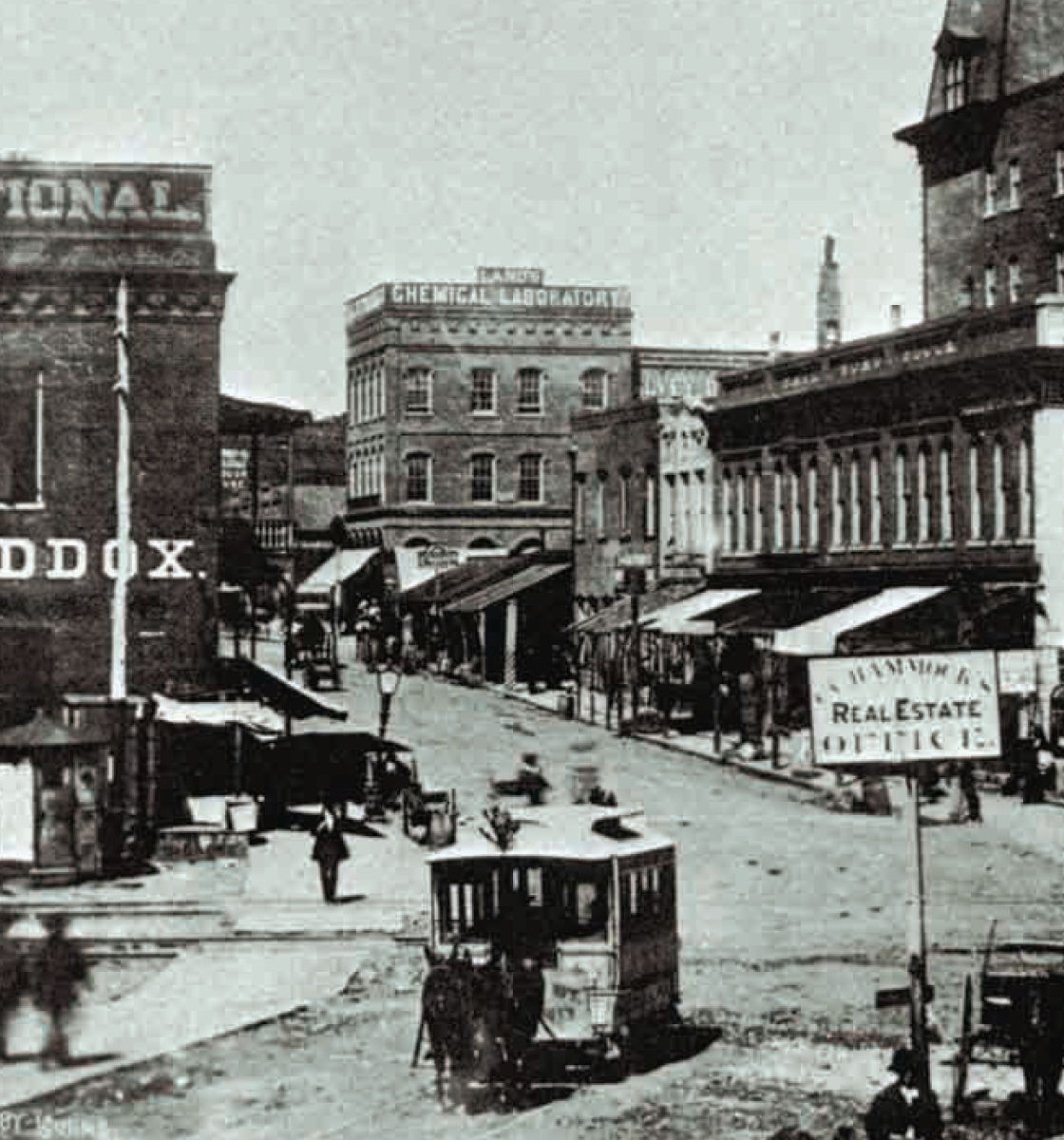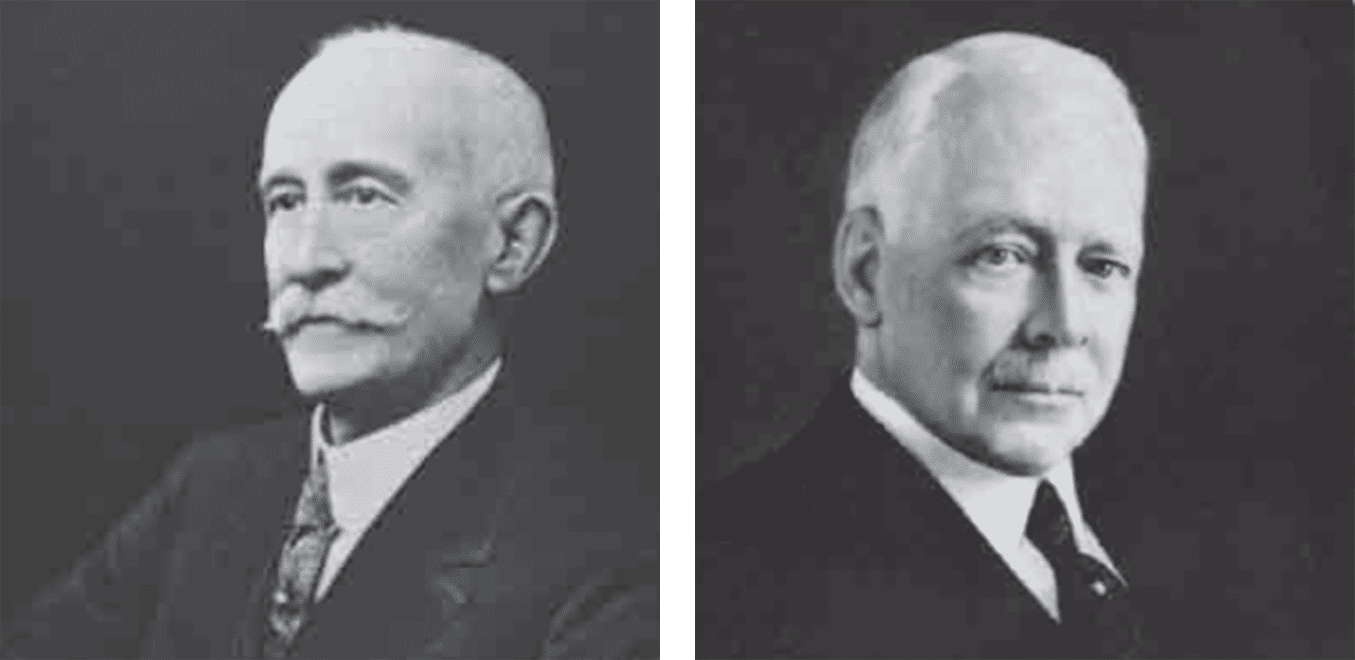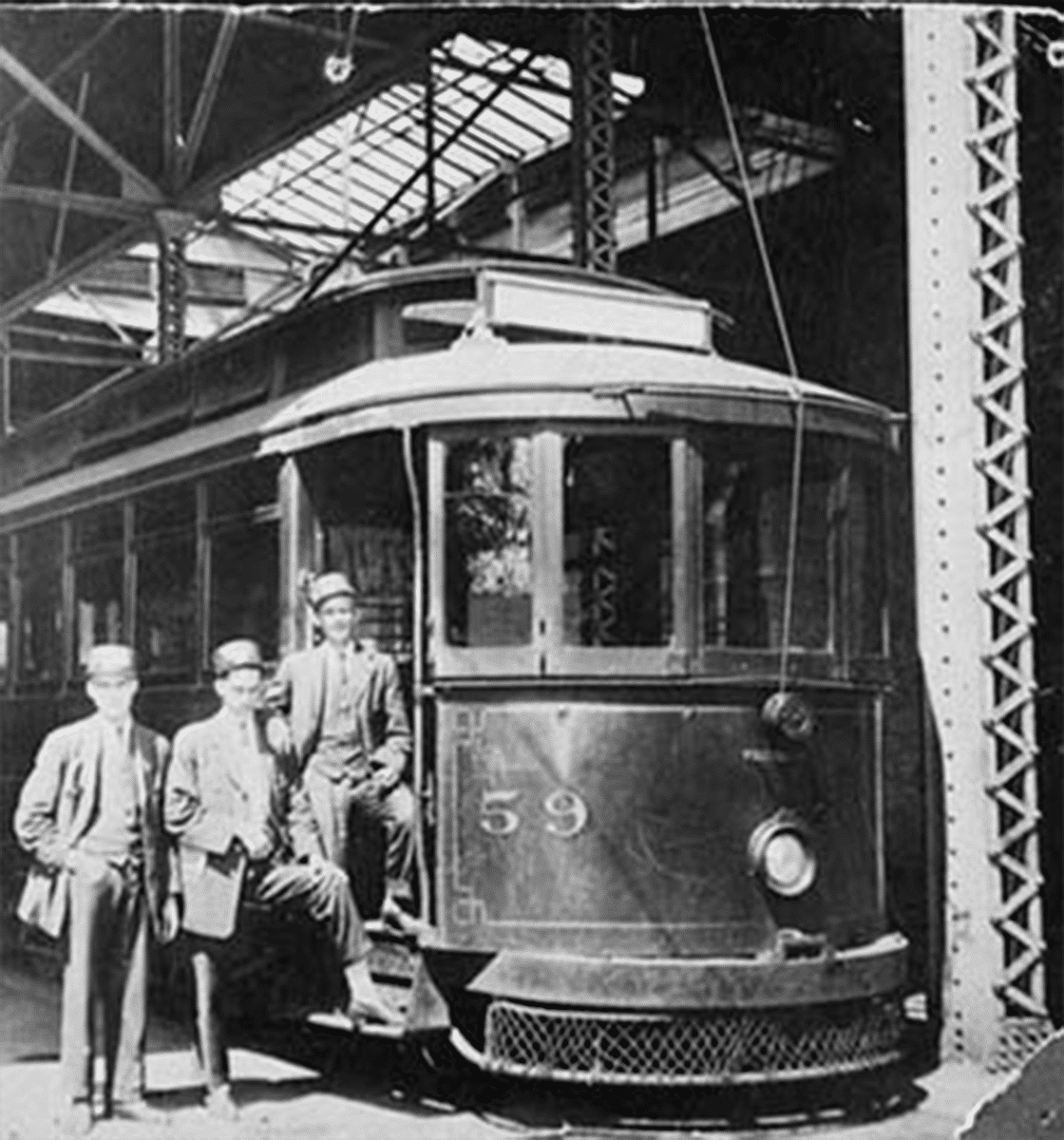Rail Tale: Uncovering History Beneath Juniper Street
09/05/2024

BY BRIAN CARR
Listen to this story:
Juniper Street is more than an urban corridor undergoing changes that will deliver new improvements for people walking, biking and driving. It was also recently the site of an archaeological study, holding clues about Atlanta's incredible transportation history.
Beneath the pavement on Juniper Street is a compelling story about the rise and fall of Atlanta's streetcar system, which was once the city's largest and most popular public transportation option. It's a tale full of plot twists, business rivalries and insights into the South's fastest-growing city. And nobody can tell it better than Midtown Alliance's partners at New South Associates, the experts in studying cultural resources from Atlanta’s past.
We spoke with New South's Associate Director of History, Patrick Sullivan, about Juniper Street, why a historical narrative was needed as new improvements have broken ground, and what he and his colleagues found as they authored their report. So, climb aboard the Courtland-Juniper Streetcar Line and ride with us into Midtown's past.

Put a Shovel into the Ground Almost Anywhere in Midtown Atlanta and You’ll Be Amazed at What You Could Find
From the Civil War to Reconstruction and subsequent redevelopment over decades, artifacts lay below the surface of practically every street in Atlanta. This is especially true on Juniper Street, where construction work is currently underway to deliver new enhancements that make the corridor safer, more walkable and more bikeable.
Preliminary engineering and pre-construction work along Juniper Street revealed something cool: beneath the pavement, trolley tracks run the length of the corridor, which hosted a streetcar line more than 120 years ago. Imagine the stories they could tell of an era in Midtown before the automobile, when the area read more like a suburb of Downtown Atlanta, with grand homes - some of which were just getting their first taste of electricity - and small clusters of shops.

“Few people know that Atlanta had one of the largest streetcar systems in the U.S. for a city of its size,” Sullivan said. “You could hop on the streetcar near East Point and take it all the way up to Marietta. You could take it from as far west as almost the Perimeter area out to Stone Mountain. And the Juniper streetcar track was a relic of the monopoly fight that eventually created Georgia Power.”
New Construction on Juniper Requires Documenting Historical Resources
This Historic American Engineering Record for Juniper Street’s Courtland-Juniper Streetcar Line was drafted as part of an agreement between City, State and Federal agencies to research and collect historically significant information before legacy infrastructure is demolished. It’s an important window into documenting Atlanta’s historical resources that gives context for how a place has changed over time.
Beyond this new study of the Juniper Street corridor, New South Associates also developed a larger body of work, Historic Streetcar Systems of Georgia: Context and Inventory, that discusses the nearly 80-year history of Atlanta streetcar operations from 1871-1949 and was published by the Georgia Department of Transportation. Here are abridged highlights from both publications that describe the rise and fall of Atlanta’s streetcar system:
Shifting Development Patterns Make Streetcar Systems Appealing in Cities

- Street railway transportation systems emerged in cities during the Industrial Revolution as the population grew and development moved outward to the suburbs. After the Civil War, work began in Atlanta on the city's first streetcar system, powered by mules.
- By 1881, the Atlanta Street Railway Company owned 17 cars, 114 mules, and operated six lines totaling 11 miles of track throughout the city. The company enjoyed a near monopoly of the streetcar business. But it didn't take long before other tycoons in the utilities business arrived and set up competing streetcar lines.
- During the 1890s, Joel Hurt ran Atlanta’s largest and most profitable streetcar enterprise, which updated the lines to modern electrified systems, cut redundant routes, and extended service into developing areas of the city.
Rival Atlanta Businessmen Battle for Monopoly Control

- As Hurt was solidifying his control of the city’s streetcar operations, his future rival, Henry M. Atkinson was building his own utility firm, the Georgia Electric Light Company, whose successor, the Georgia Railway and Power Company would come to dominate both public transportation and electrical power production throughout Georgia during the 20th century.
- The 1899 fight between Hurt and Atkinson for monopoly control of Atlanta’s energy and transit utilities became known as the “Second Battle of Atlanta,” and was covered on the front pages of local newspapers. Hurt was planning to build a new electric power plant to compete with Atkinson. Meanwhile, Atkinson was planning to drive Hurt out of the streetcar business.
- According to Sullivan, financing for all this infrastructure was coming from investors outside Atlanta. “That put immense pressure on both men to make sure that their streetcar system was the one people used,” he said.
- There were injunctions and court battles. Atkinson quickly implemented competing streetcar lines and undercut Hurt's five-cent fares by charging less.
Courtland-Juniper Line Started in 1900 and Ran for 20+ Years
- Sullivan’s research indicates Atkinson's Courtland-Juniper line was hastily constructed in about two months in 1900, laid right on top of the packed sand-clay surface that comprised Juniper Street. The line originally ran slightly less than three miles from Piedmont Park at 13th Street in Midtown to the intersection of Auburn Avenue and Peachtree Street in Downtown.
- By the end of 1901, Atkinson had outmaneuvered Hurt, installing 33 miles of track across Atlanta and securing city government franchise rights. Hurt exited the streetcar business.
- “The network underwent a substantial modernization program from 1902 through about 1911, where they double-tracked lines and got rid of redundant lines,” Sullivan said. “Atkinson threw the Courtland-Juniper line up quickly to compete against Hurt but it was somewhat redundant from the start. Somehow that line continued to hang on through the 1920s, which was an anomaly.”
Streetcar Network Grows Substantially Alongside Atlanta

- By 1913, Atkinson's Georgia Railway and Power had doubled the number of streetcars in operation from 116 to 264. Street railroad track mileage was expanded to 200 miles by 1914.
- Georgia Railway and Power’s streetcar investment and expansion in Atlanta during the decades after monopolization was highly profitable. The total number of passengers using the Atlanta system jumped from just over 17 million in 1902 to 94.6 million by 1920.
Arrival of the Automobile Creates a Seismic Shift in Travel Preferences

- Despite widespread streetcar patronage in Atlanta during this period, the 1920s represented a high-water mark for the system and the start of the personal automobile eventually vaulted past the streetcar as Atlanta’s go-to mobility option.
- In 1918, Fulton County motor vehicle registration totaled 12,065. Within ten years, it had nearly quintupled to 57,445 automobiles. Residential suburbanization that originated in Atlanta with streetcar development during the 1870s began to shift in the 1920s toward the individualized mobility afforded by the automobile.
- The Juniper-Courtland Streetcar Line was hard-paved with concrete in 1919, discontinued and abandoned in 1925, and later paved over with modern asphalt surfacing around 1950 when Juniper Street was widened.
Historical Account of the Courtland-Juniper Line Connects People to Place
“I think people are surprised to learn where the streetcar ran, how it was built, and how our current built environment is reflected in where the streetcar once operated,” Sullivan said. “Midtown’s street grid is a reflection of that. And this research project also tells the origin story of Georgia Power, which was very much a transit company at its beginning before the emphasis shifted more to producing electricity.”
Peer into the Future of Midtown’s Transportation Network
From new bike facilities and expanded sidewalks on Juniper Street to enhancements on the 10th Street Bridge and more public gathering spaces along Peachtree Street, learn about the next district-defining projects coming to Midtown at MidtownATL.com/Projects.